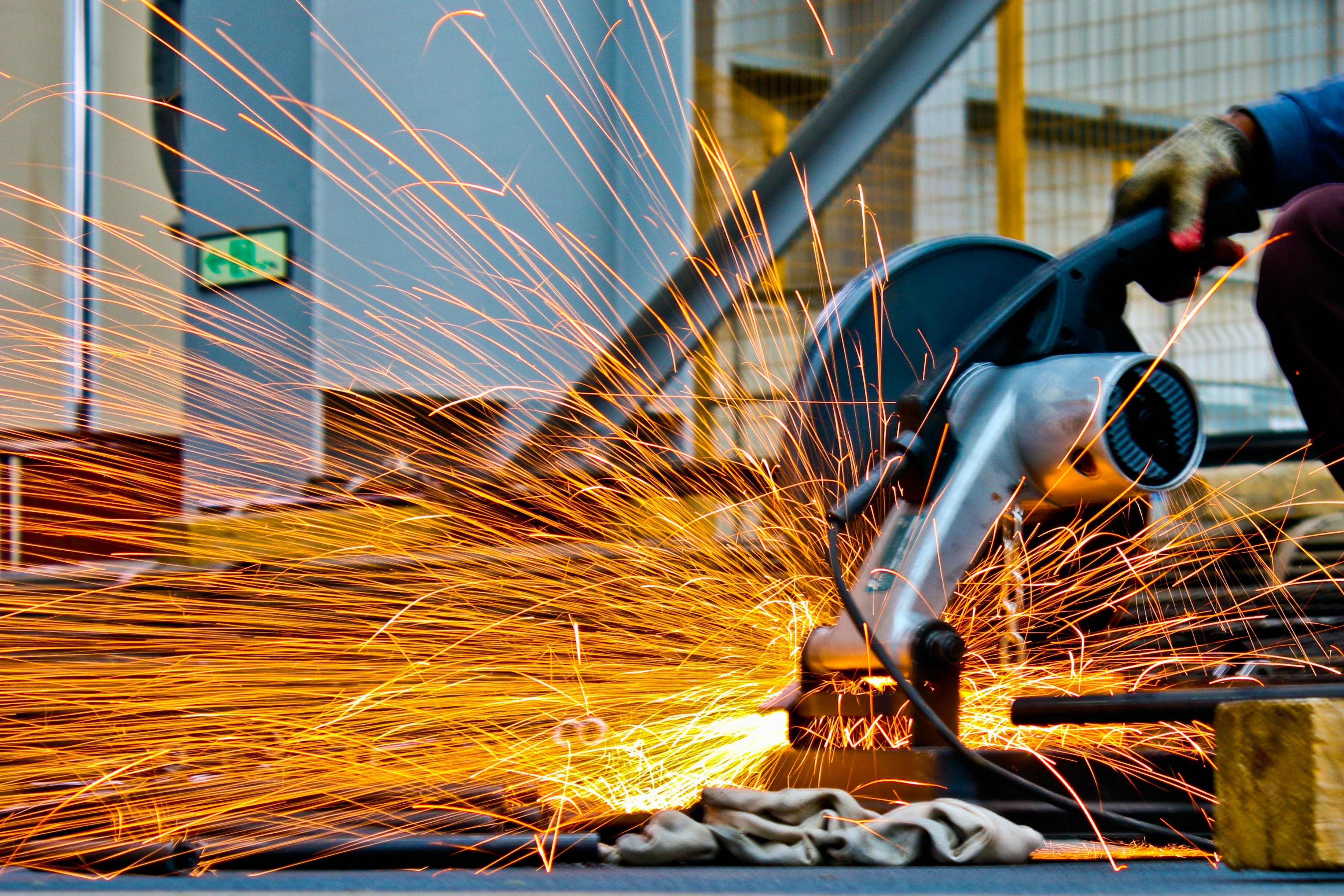Electric motor efficiency classifications – IE2, IE3, IE4 – form the global standard (IEC 60034-30-1) defining energy performance. IE2 represents 'High Efficiency', once the baseline but now largely superseded. IE3, designated 'Premium Efficiency', mandates significantly lower energy losses, typically 20% less than IE2. This reduction translates directly into substantial operational cost savings over the motor's lifespan. Reaching IE3 often involves improved materials like higher-grade copper windings, optimized stator and rotor designs, and reduced fan losses.
IE4, 'Super Premium Efficiency', pushes boundaries further, demanding losses roughly 15% lower than IE3. Achieving this ultra-high efficiency necessitates advanced technologies: permanent magnet (PM) synchronous motors (often using rare-earth magnets) or exceptionally refined induction motor designs with minimized electromagnetic and mechanical losses. IE4 motors represent the current efficiency pinnacle for most industrial applications, offering the lowest lifecycle energy consumption but commanding a higher initial purchase price.
The core differences lie in permitted energy losses and required technology. IE3 mandates a clear efficiency jump over IE2 through enhanced conventional design. IE4 demands another substantial leap, frequently relying on fundamentally different motor topologies like PM technology. Regulations drive adoption: major markets like the EU and US now enforce IE3 as the minimum, with IE4 increasingly targeted for new installations seeking maximum savings. The higher upfront cost of IE4 motors often yields a rapid payback (1-3 years) in continuously operated applications due to drastic energy expense reduction. IE5 (Ultra Premium Efficiency) looms as the next frontier.
